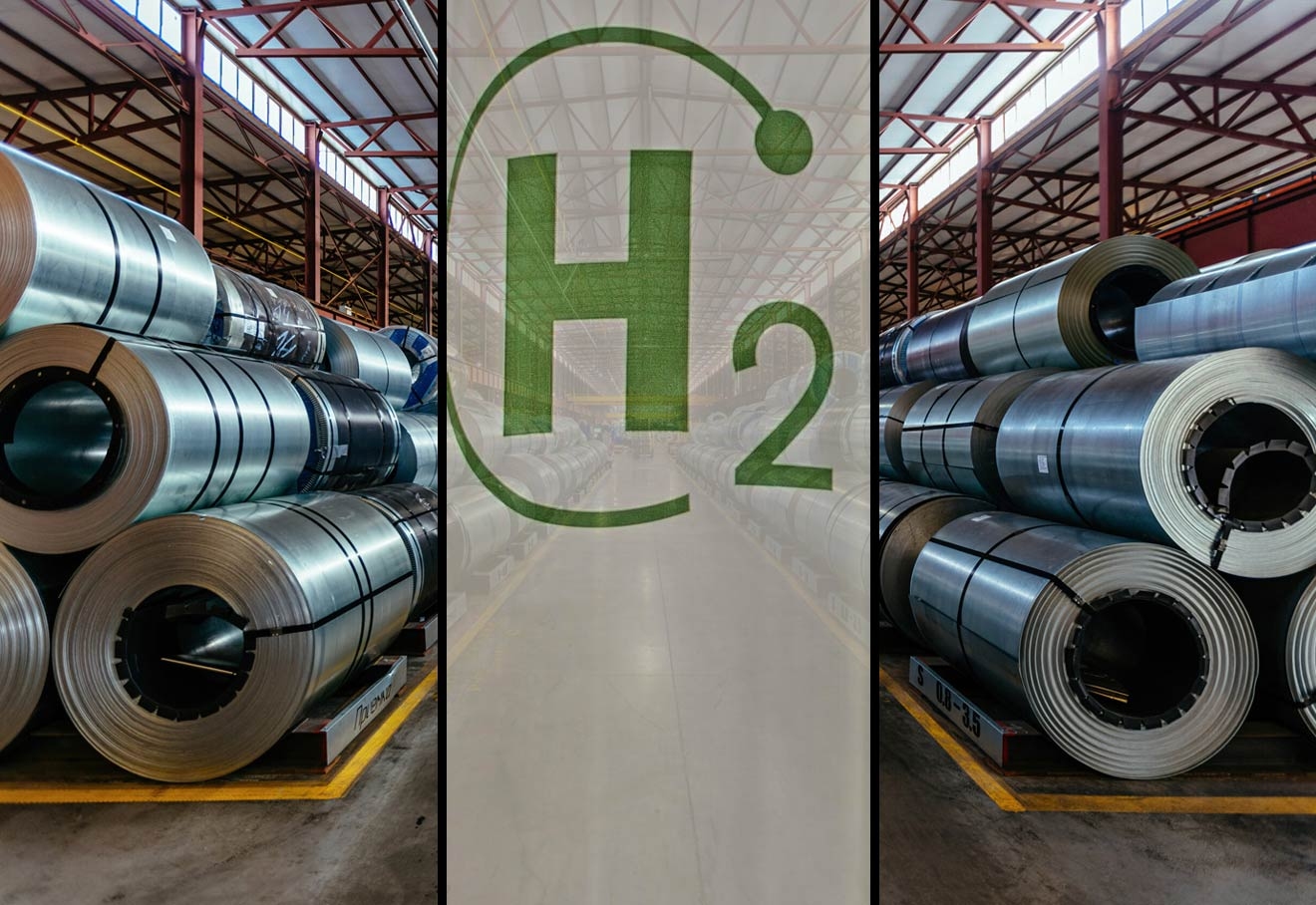India–US Trade Tensions Rise Over Steel and Auto Tariffs NMDC Limited reports a 38% drop in Q4 FY24 consolidated net profit RINL to Raise $23 Million Through Land Sales Amid Crisis

The steel ministry has hired an in-house consultancy to explore green hydrogen in direct reduction iron (DRI) and blast furnace processes as part of its aims to decarbonise the sector.
Iron and steel are the most polluting industries, and lowering their carbon footprint is critical to the government's ambitious net zero goal. “The Ministry of Steel has appointed MECON as the scheme implementing agency (SIA) for the scheme. MECON has prepared the draft RFP, which is under consideration of the Ministry of Steel," it said in an emailed statement on June 5.
Under the steel ministry, MECON offers various services, mostly in engineering, consulting, and project management, for various industries.
In its statement, the ministry mentioned the government's green hydrogen pilot programme. The Ministry of New and Renewable Energy has recently released instructions for the steel industry's green hydrogen pilot programme.
The pilots, to be implemented through the steel ministry, received a budgetary outlay of ₹455 crore until FY 2029-30. Under the scheme, financial support will be provided to promote three approaches to using hydrogen in iron and steel production.
These include the gradual substitution of natural gas with hydrogen in vertical shaft-based DRI, the injection of hydrogen into blast furnaces to decrease coal and coke consumption, and a pilot to produce DRI using 100% hydrogen in a consortium model.
The direct reduced iron (DRI) process is a method of producing iron without melting the ore. Instead, it reduces iron ore in its solid state using reducing gases, making it less carbon-intensive. In 2023, the renewable energy ministry launched the National Green Hydrogen Mission to make India a global hub for the production, use, and export of Green Hydrogen and its derivatives.
According to the Institute for Energy Economics and Financial Analysis (IEEFA), the steel sector accounts for about 12% of India's carbon dioxide emissions, with an emission intensity of 2.55 tonnes of CO2 a tonne of crude steel (tCO2/tcs) compared with the global average emission intensity of 1.85 tCO2/tcs.
India aims to produce 5 million metric tonnes (MMT) of green hydrogen annually by 2030, which would cut about 50 MMT of carbon emissions and save more than $12 billion in fossil fuel imports.
The challenge, however, is that green hydrogen is more expensive to produce than hydrogen made from fossil fuels, with a price difference of approximately $2 per kilogram. Renewable energy is not continuously available, and battery storage remains uneconomical.
Green hydrogen is hydrogen generated from water electrolysis, a process based on renewable energy. It is being touted as an enabler of the transition to sustainable energy.
Also Read : Centre to develop plant for recycling lithium-ion batteries, e-waste in Uttarakhand 2024 Budget: FM Nirmala Sitharaman announces Critical Mineral mission